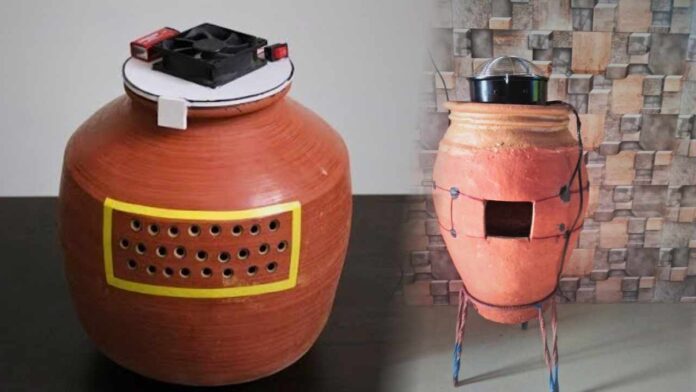An age-old trick makes a smart comeback in the fight against rising summer temperatures
As the summer heat tightens its grip across India, a centuries-old cooling method is making a quiet comeback—clay pot air coolers. Rooted in Indian tradition and powered by nothing more than water and clever design, these coolers are emerging as a smart, low-cost alternative to energy-hungry air conditioners.
At the heart of this traditional technology lies a simple principle: evaporative cooling. When water evaporates from the surface of a clay pot, it absorbs heat from the surrounding air, cooling it down naturally. This method can bring down the air temperature by 6–10°C, offering relief without electricity or harmful gases.
How Do Clay Pot Coolers Work?
The most common design involves two clay pots—one smaller, placed inside a larger one. The gap between the pots is filled with wet sand, and a moist cloth covers the top. As water evaporates from the sand and the outer pot, the air inside remains cool. Some variations even include a small fan (60W) and water pump (14W) to circulate cool air—quietly and efficiently.
Why They’re a Hit Again:
-
Eco-Friendly: No CFCs, minimal power use, and water-efficient.
-
Pocket-Friendly: Made from easily available materials; far cheaper than air conditioners.
-
Quiet Cooling: No loud hums or buzzing—perfect for homes, schools, and rural areas.
-
Boosts Local Artisans: Encourages pottery and supports traditional Indian craftsmanship.
Ideal Conditions:
These coolers work best in dry, arid regions. In coastal or highly humid areas, their cooling power may drop due to slower evaporation.
Why It Matters:
As India faces rising temperatures, water shortages, and power cuts, the humble clay pot offers more than nostalgia—it offers a sustainable, accessible, and dignified solution for millions. In a world chasing hi-tech climate fixes, this is proof that sometimes, old ideas really do hold the answer.








